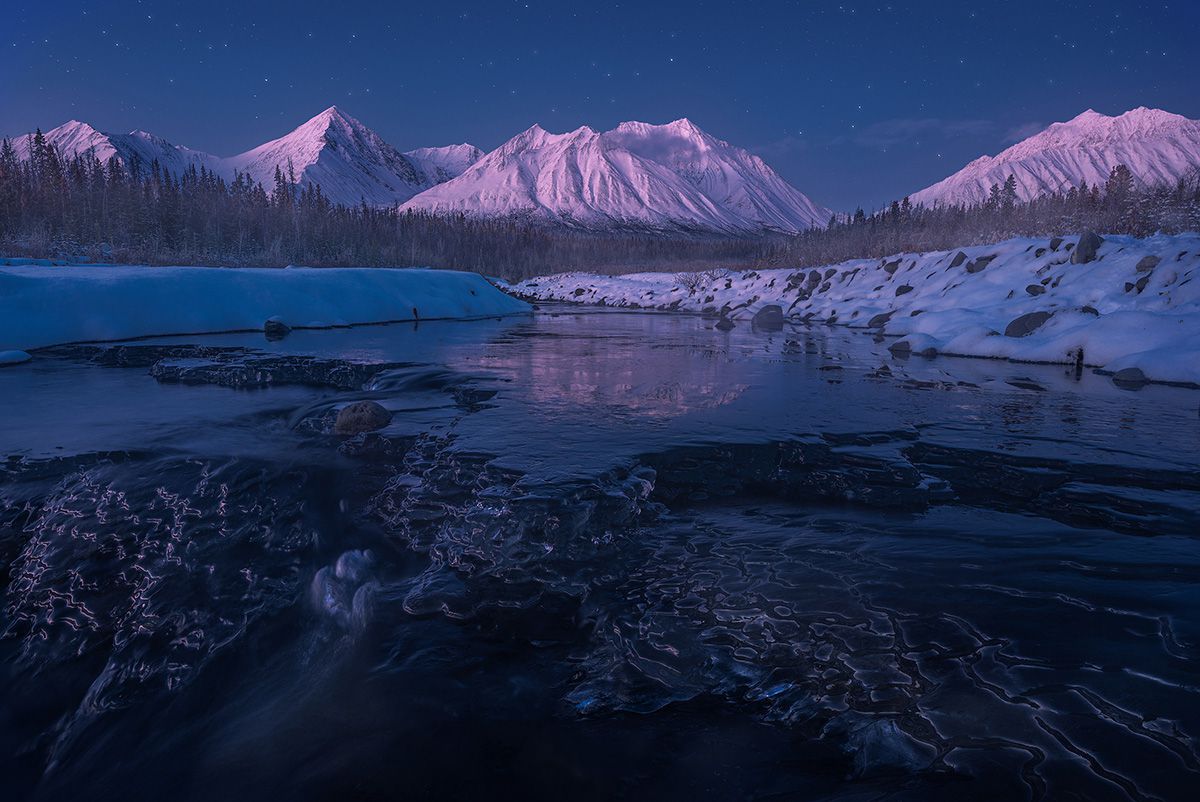Interview with landscape photographer
Arpan Das
There are billions of places out there that we know nothing about. Astronomy compels the soul to look upward, and leads us from this world to another.
Interviewed by Debarshi Das
Photographs by Arpan Das
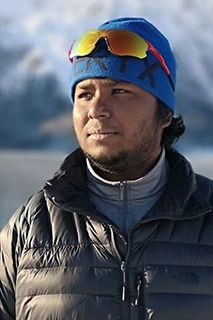
Arpan Das
A full time astronomer and researcher on black hole, Arpan is an Indian born landscape photographer and educator based in Canada. His interest for Landscape Photography began when he moved to Italy. The Italian Alps was the first place where he started his journey. Just after that trip Arpan made his mind about travelling to as many mountains as possible in the world. From there Arpan has travelled to many countries e.g. Slovenia, Switzerland, Canada, USA.
In this interview for Exposure, Arpan talks to our editor Debarshi about his journey of photography.
1. Debrief us about your extraordinary journey of photography.
I used to be a painter for a long time (coincidentally landscape and nature painter) however, at one point I had to give up on that to concentrate on my studies. But the creative artistic hunger was always there. My father bought us a point and shoot camera for a trip to Northeast India and he gave me the job to document the trip. I was quite fascinated by the photos I captured. In the beginning I used to photograph everything street, macro, cityscapes. Living in a big city like Kolkata and Delhi didn’t give me much opportunity for landscapes. My landscape photography journey started in Italy. Me and my friend decided to go on a hike in the Dolomites and it changed everything. I immediately knew this is what I want to do. Since then I have been enjoying landscape photography a lot.
2. What power do you think a photographer carries within and what change can be brought in the society through this powerful tool?
The first and foremost I think is raising awareness. Through photography one can teach people why conservation is important, what is necessary to save our world. Paul Nicklen is one prime example and there are many artists working on that. Also, a photographer can motivate a lot of other people to go out, hike, enjoy nature etc.
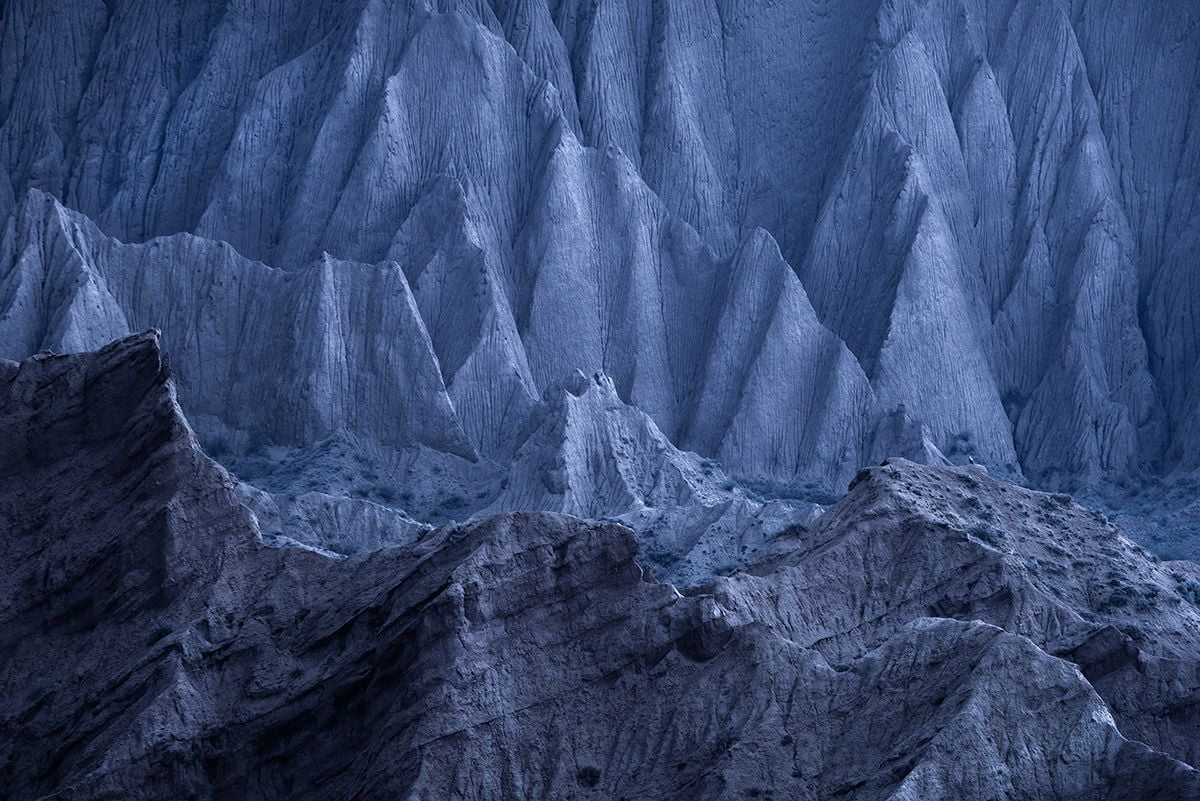
3. Gear plays an important part in every genre of photography; how much truth prevails in this statement and especially in your kind of photography is gear really matters?
Absolutely. I always say gear matters. The kind of photography I am doing, a full frame camera with high dynamic range is absolutely necessary. It reduces a lot of jobs in the field. I had hardly taken more than one exposure since I bought the D810. Then come the choices of lenses. For 3 years I shot only with a 15-30 and now I wish I had some other focal lengths during that time. I just bought a Drone and I have captured some unique things which I would have never been able to do so without it. So, in summary yes gears absolutely matter.
4. Being a Landscape and Astro-photographer, you have experienced lots of gear selection dilemma before shoot. How do you prepare yourself and what suggestive measure do you want our new generation landscapers to keep in mind?
Actually, not much. When I started D810 was one of the best cameras available at that time and since then I had never thought about switching to anything else. Yes, choices of lenses were confusing but Tamron 15-30 was my go to lens for 3 years. I still use it but just added the 24-70 and 100-400 to my arsenal so that I cover all the necessary focal lengths. My suggestion would be to first decide your budget (I know it’s an expensive hobby) and once you know your budget make sure you spend equally on camera and lenses as both are important. All the brands nowadays are making amazing camera bodies so just pick whatever you like.
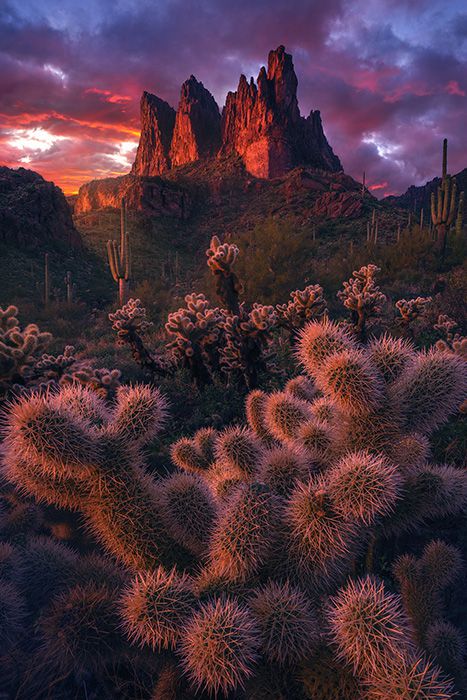
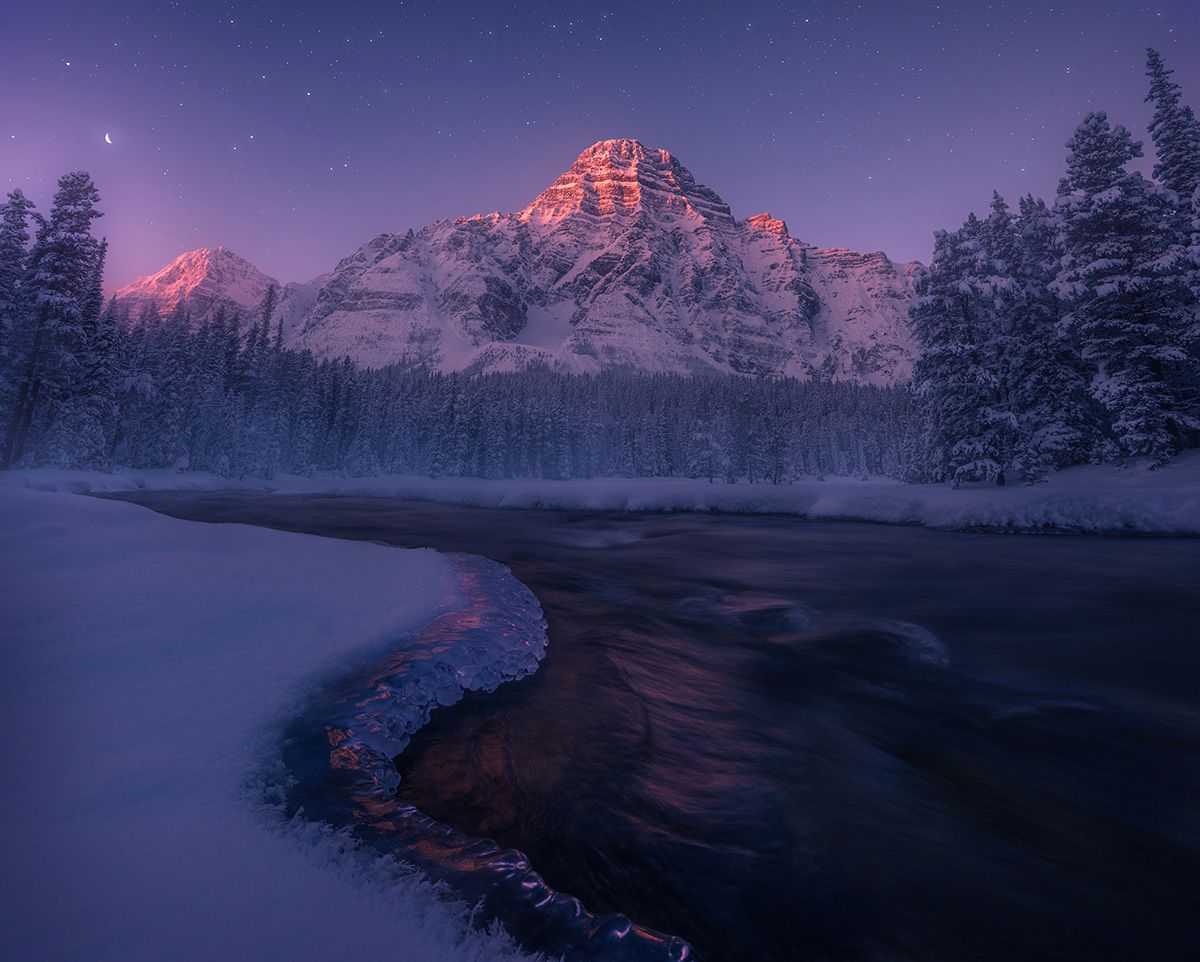
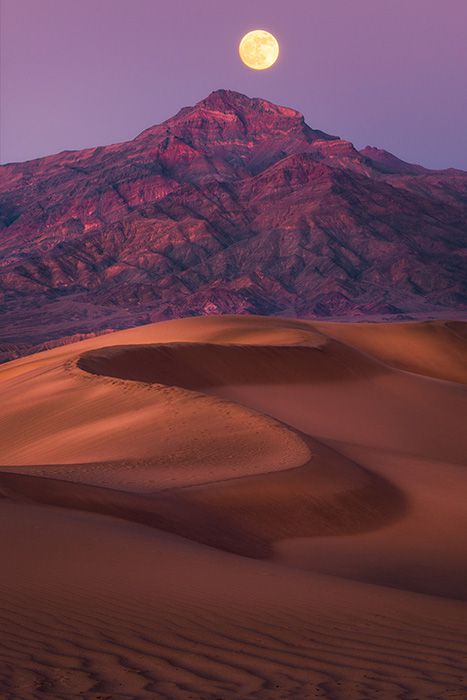
5. You are conducting photo tours, specially one-on-one photo tour since last year. What thought process do you have as a mentor towards your participants when you are taking them into a photo tour? And what do you think, people should go with a mentor or should go themselves?
I personally suggest people to take one to one photo tour instead of big group tour because the client gets ultimate freedom and learns much more than a group tour. Even though in a group tour we try our best to go to each participant and see what they need but sometimes it’s too difficult. Also, I have seen a lot of participants being anxious about asking basic questions when they are with others. Someone thinks their friends might laugh if they ask “What ISO to choose?”. In one to one client are much more open and relaxed. One thing I make sure is my camera stays inside my bag so that the client gets full attention. However, I am not that much involved in workshops these days as I am spending most of my vacation time in exploring remote locations.
6. You also conduct online post-processing sessions; do you think it’s helpful to your students?
I believe so. I offer this post processing session completely based on student’s pre-knowledge and demand. For example, if someone is a little bit advanced, I show them much more advanced techniques, if someone is really starting, I try to spend more on showing basic techniques. So far, I had got really positive feedbacks from everyone so I hope they are finding my processing sessions helpful.
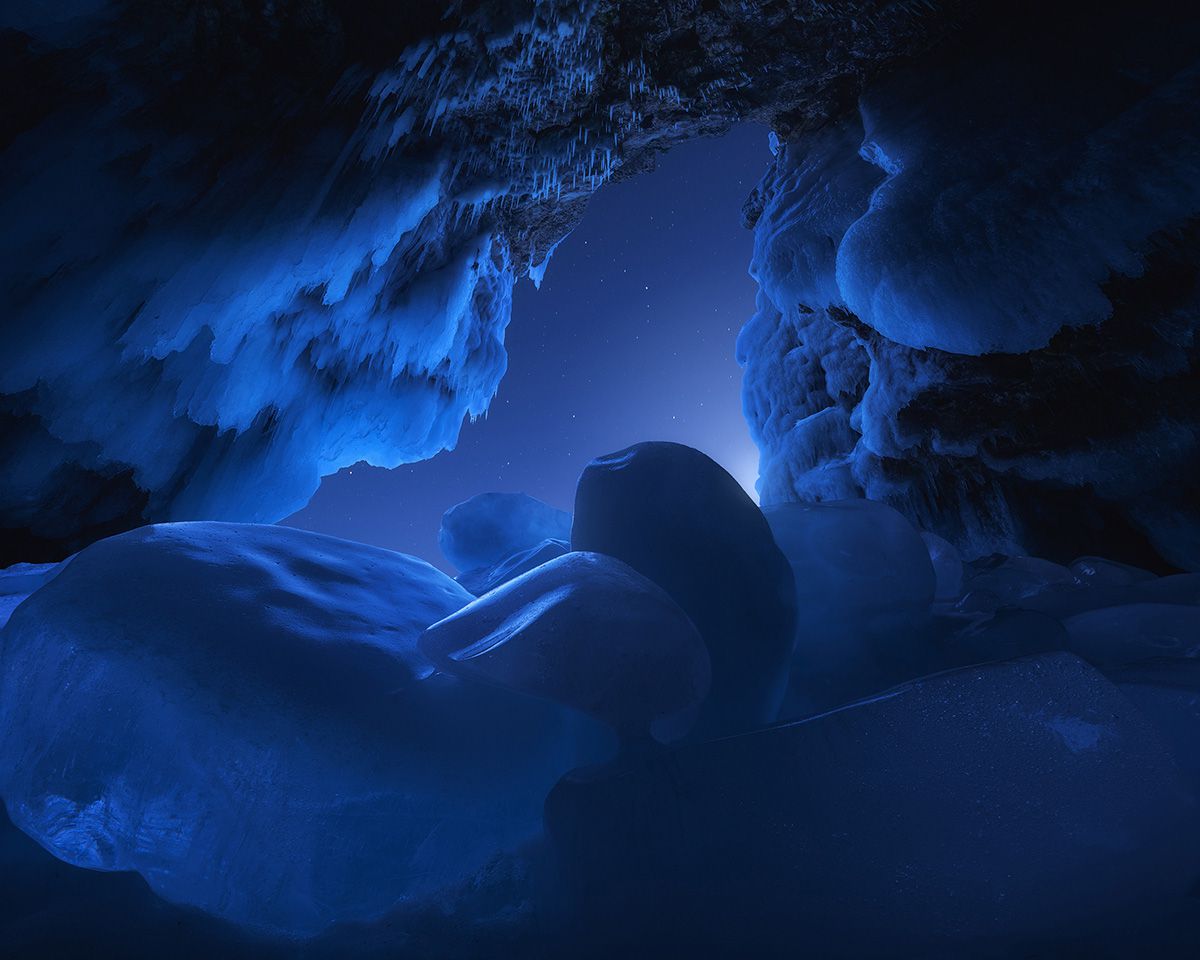
7. Nowadays learning from YouTube is trending; do you think it really help to improve someone’s skills by seeing YouTube? Help us to understand what’s your point of view on these two important media of learning?
Absolutely. YouTube has some of the best tutorials for free. If someone spends a fair bit amount of time in YouTube, they can learn a lot from there. Phlearn, PiXimperfect are few of my favourite channels in YouTube.
8. As you mostly shoot landscapes, can you please share your post-processing workflow with us?
My processing is really different from the others. As I said I have a painting background I try to improvise all the painting techniques in my processing. The most important thing for me is the colour theory. First, I decide which colour to keep in an image, then I spend a lot of time in Adobe Camera RAW (ACR) to prepare the raw file. The result from ACR is like the base of a pizza and Photoshop is the toppings. I spend a lot of time in processing. My general workflow is starting from a dark image and slowly bring back the light.
9. You shoot in RAW and process your images on your own. What do you think what should be the limit of post-processing in your opinion that you keep in mind while processing?
For me if someone changes small temporary subject I absolutely don’t care. For me it is keeping things as real as possible and not changing any primary subject such as mountains, rivers, lake. Post processing is something where people can get really creative, but also if not careful one can destroy a good image pretty easily.
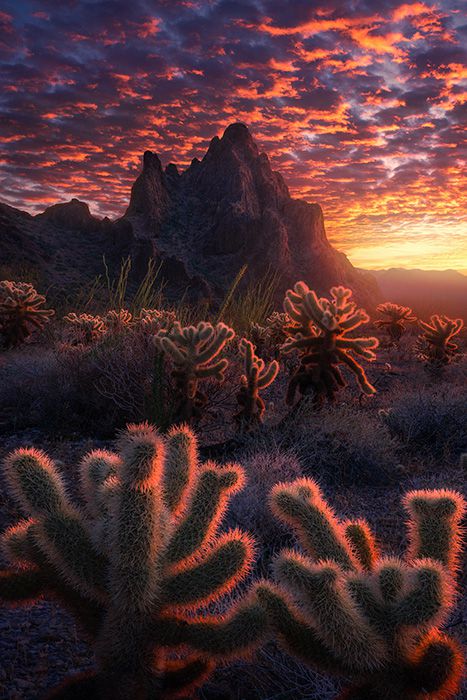
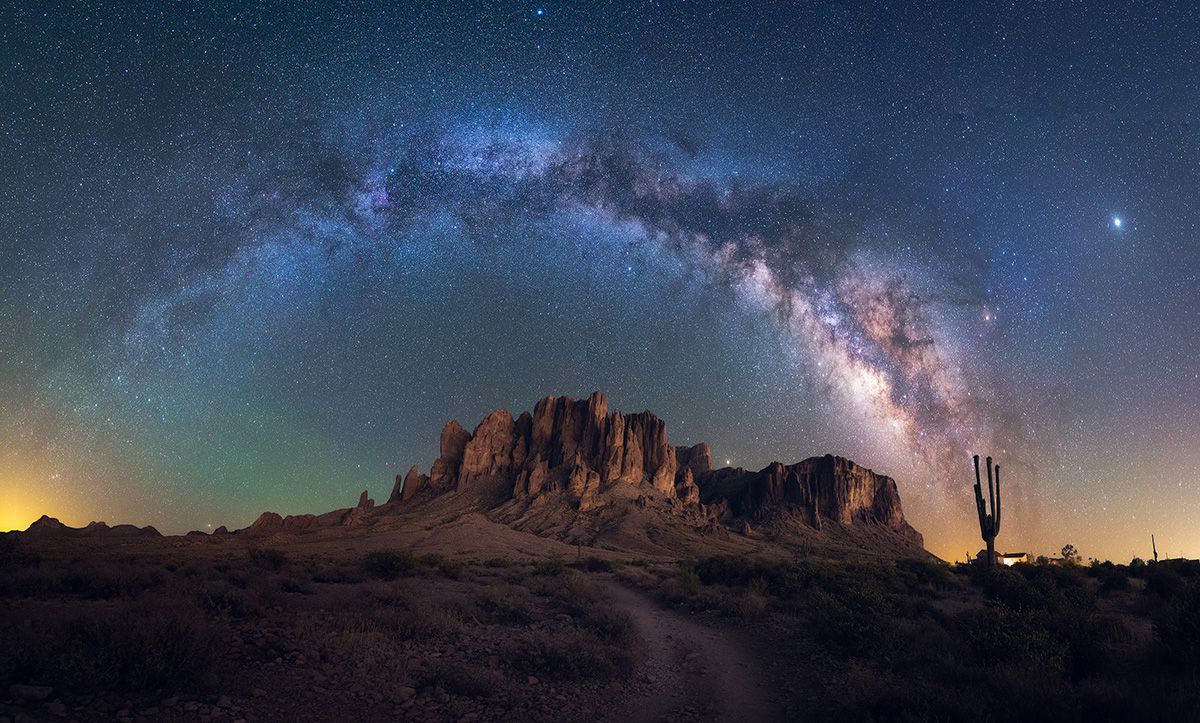
10. What your perspective on colour and monitor calibration? Do you think calibration is important for a serious photographer?
Yes absolutely. I keep checking my calibration every one month and one of the many reasons I don’t post process while travelling. If someone is serious about photography a calibrated monitor is must.
11. Due to easy availability of phone camera and highly globalized DSLR market, young generation has very easy access to this field. Is this affecting the sanctity of photography or improving the aspect of photography?
I guess improving. I am happy to see a lot of people are using their phones to capture amazing images and even night skies. I use my phone to pre-visualize a composition and sometimes I even shoot in Raw mode with my phones. The results are stunning.
12. What is your dream project and to what extent you can go in order to pursue the same?
Buy a plane/helicopter and explore the most remote corners of British Columbia and Alaska. Actually, I am doing one of them this summer.
13. Have you thought of organizing photo workshop exploring hidden gems in Ladakh and Zanskar Region, as you have been very much acquainted with those areas?
Absolutely. Ladakh and Zanskar have some of the stunning landscapes. So, if I get some opportunities, I would definitely love to.
14. If a budding photographer, ask you “How can I make my frame stand out of the crowd?” What would you tell him/her?
Try to be different. Give a reason why people will follow your work. Try to shoot original compositions, I know it is hard. In the beginning it was hard for me too. I used to chase compositions which inspired me. But then I realized quickly that it’s not very artistic for me at all. Simple suggestion, once you are at a location try to think what the obvious people will shoot at that place. Then try creatively to find something else.
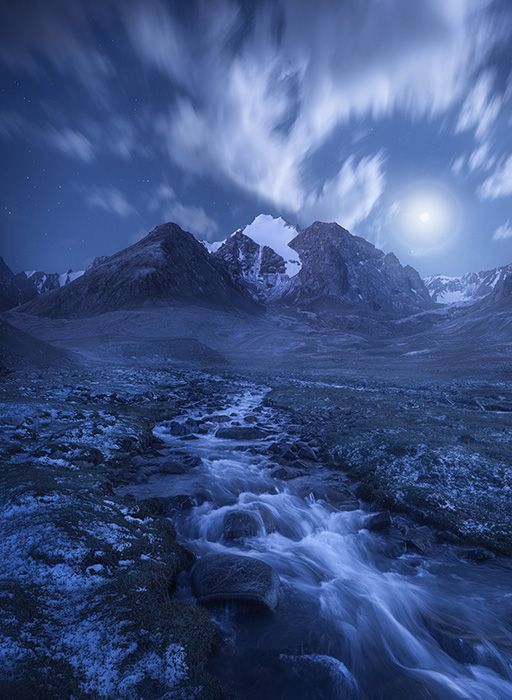
15. Colour or Black-n-White, how do you choose?
Honestly, I am not a big fan of Black and White landscape images with certain exceptions. I think nature is really colourful and we should enjoy that.
16. Unique challenges/hazards in your photographic journey.
Since this is not my full time job, time management is a difficult thing. Sometimes I can’t travel even if I really want to. Weather is a unique challenge when you are talking about shooting in Canadian Winter. Other than that, it is going really well. I don’t put too much pressure on anything.
17. “Previsualizing the frames before arriving at the sites”, does this help? If yes, how?
This has both bad and good sides. If you look at someone else’s image and think this is what you want to shoot then you will end up shooting the same composition. For me it’s not artistic at all, it doesn’t happen in other art forms like painting, music, writing or movies. But if you look into an image and take it as an inspiration like how that photographer used light, or foregrounds etc then it is really helpful.
18. Now let’s go into social media aspect of photography. What are your personal thoughts on Instagram as an image-making tool? Is it really helping in extrapolating talents, but we can’t deny that it has a playing a significant role in shaping the future of photography?
IG has both bad and good sides. Good side it is one of the best places for business today. Also, a nice place to get to know a lot of artists and connect to a lot of like-minded people. I met a lot of nice fellow landscape photographers from IG actually. Bad side is it is way too addictive sometimes. Also, it has some negative impact on photography itself. I have heard people talking about taking vertical images, cropping into square, squeezing panorama into square format because “that is how it works in IG”. My personal idea is there is no formula-based art.
19. Fusion photography has been playing an important role in broad genres of photography. Fine art can be landscape as well as fashion. What is your view on this?
Yes absolutely, also portraits. It is about what someone wants to do. I personally love landscape photography and I don’t see myself shooting anything else in near future.
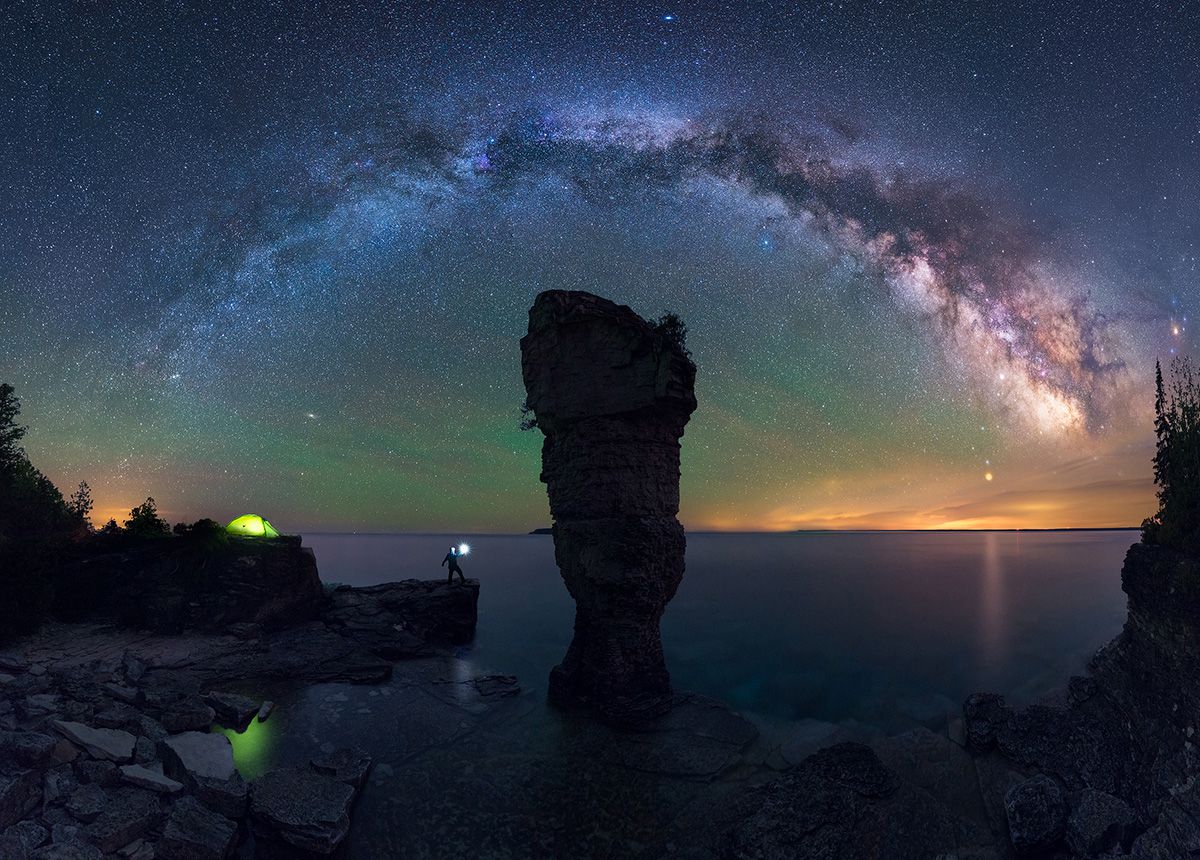
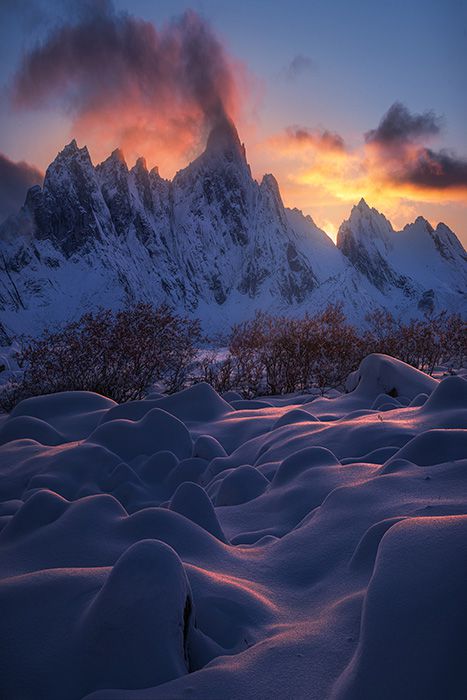
20. Every person does not see the thing the way, a photographer can see. It’s our sole responsibility to view those rare moments and showcase the same to others. In order to do this every photographer should carry some ethics which won’t destroy the original story of the frame. Do you believe these are being thought about and spoken in the world of photography?
Yes. It is being debated a lot about how much you want to deviate from the original story. Yes one can go really artistic while post processing but there is a boundary beyond which things are not real anymore, it is like a fantasy world. There is nothing wrong about it and I like fantasy images a lot when they are done properly.
21. Let’s wind up with some personal information:
● Birthday: 1st February, 1990.
● If not photography, then what? I’m an Astronomy researcher.
● Favourite photographer(s): Marc Adamus, Ted Gore, Max Rive.
● Favourite director(s): Stanley Kubrick, Martin Scorsese, Christopher Nolan.
● Favourite book(s): Lord of the rings.
● Favourite gear of photography: Nikon D810, Tamron 15-30 G2 and any solid tripod.
